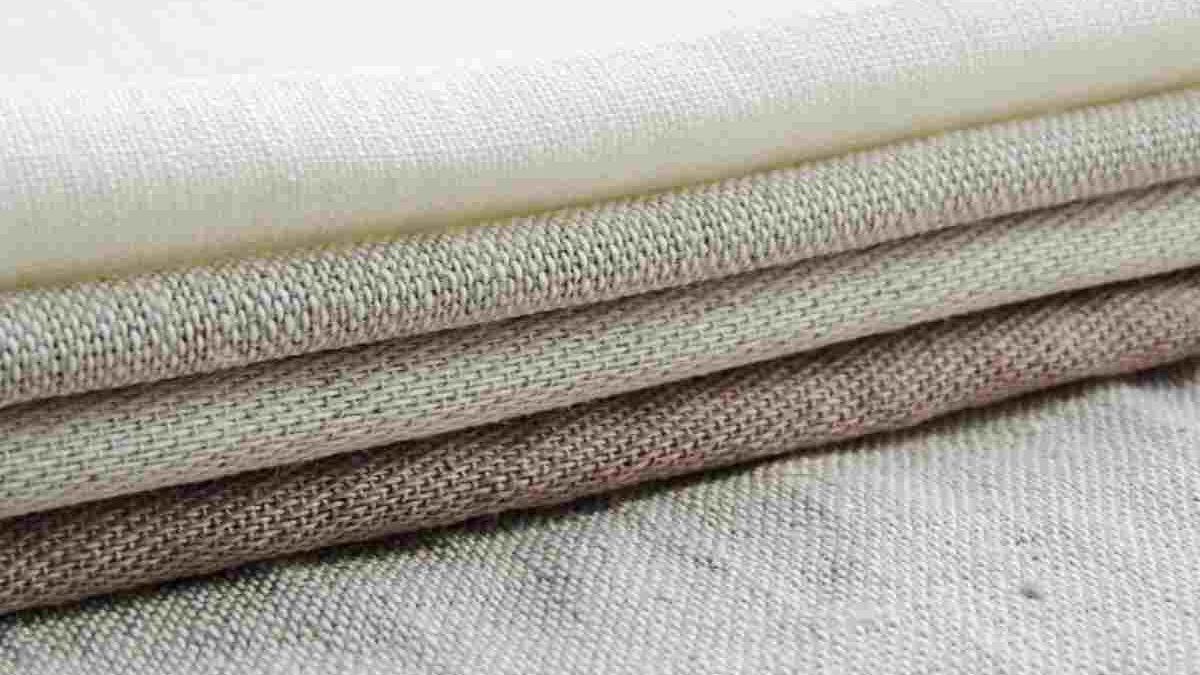Cotton Blend Fabric
Table of Contents
Introduction
Cotton blend fabric is made by mixing cotton with other fibers. This mix makes the fabric stronger, more flexible, and longer-lasting. Cotton blends are used in clothing, home items, and even some industrial products. They combine the comfort of cotton with the benefits of other fibers.
What is Cotton Blend Fabric?
Cotton blend fabric is created by combining cotton with fibers like polyester, rayon, spandex, or wool. Usually, cotton makes up 20% to 80% of the fabric, while the rest comes from other fibers.
The blend keeps cotton’s natural softness and breathability but adds:
-
Strength
-
Stretch
-
Wrinkle resistance
-
Lower cost
Benefits of Cotton Blend Fabric
-
Comfort and Breathability – Cotton allows air to pass through, keeping the fabric soft and cool.
-
Durability – Adding fibers like polyester makes the fabric stronger and long-lasting.
-
Wrinkle Resistance – Blends with polyester or rayon don’t crease easily.
-
Stretch and Flexibility – Spandex gives stretch, perfect for activewear or fitted clothes.
-
Cost-Effectiveness – Combining cotton with other fibers is cheaper than using pure cotton.
-
Versatility – Cotton blends can be used for many purposes, from clothes to home textiles.
Types of Cotton Blend Fabrics
-
Cotton-Polyester – Most common blend, often 50/50 or 60/40. Found in t-shirts, bed sheets, uniforms.
-
Cotton-Spandex – Contains 2–5% spandex for stretch. Used in jeans, activewear, fitted dresses.
-
Cotton-Rayon – Soft cotton with silky rayon. Good for flowy dresses and lightweight shirts.
-
Cotton-Wool – Warm and breathable. Used in sweaters and winter clothes.
-
Cotton-Nylon – Strong and water-resistant. Used in outdoor gear and bags.
Applications of Cotton Blend Fabrics
-
Clothing – T-shirts, jeans, dresses, and sportswear.
-
Home Textiles – Bed sheets, curtains, and upholstery.
-
Industrial Uses – Uniforms, work clothes, and medical scrubs.
-
Fashion – Designers use blends for comfortable yet stylish garments.
Care and Maintenance
To make cotton blends last longer:
-
Washing – Use gentle cycle with cold or warm water. Check the label.
-
Drying – Tumble dry low or air dry.
-
Ironing – Use medium heat. Avoid high heat to protect synthetic fibers.
-
Stain Removal – Treat stains quickly. Only use bleach if safe for the fabric.
-
Storage – Keep in a cool, dry place to prevent mildew.
Environmental Considerations
-
Cotton is natural but needs a lot of water and pesticides.
-
Synthetic fibers like polyester are less eco-friendly because they come from petroleum and take a long time to break down.
-
Choosing organic cotton or recycled fibers can reduce environmental impact.
-
Durable blends mean fewer replacements, which is better for the planet.
Conclusion
Cotton blend fabrics are comfortable, strong, and affordable. By mixing cotton with other fibers, these fabrics meet many needs—from everyday clothes to special uses. Knowing how they are made, their benefits, and how to care for them helps you make smart choices and keep your clothes lasting longer.

